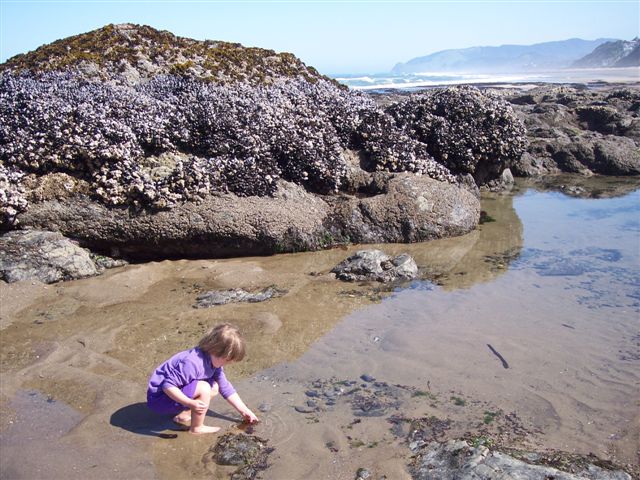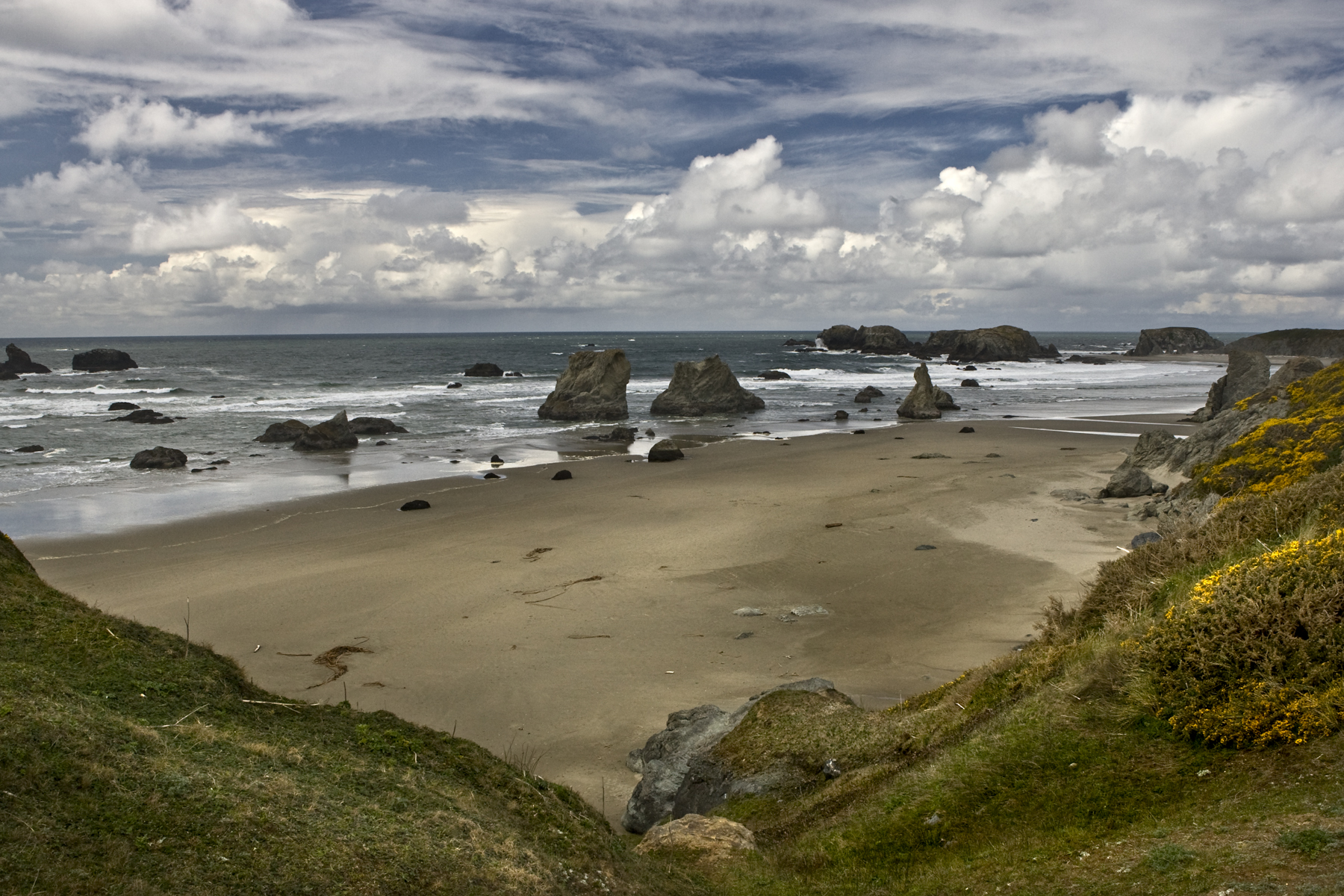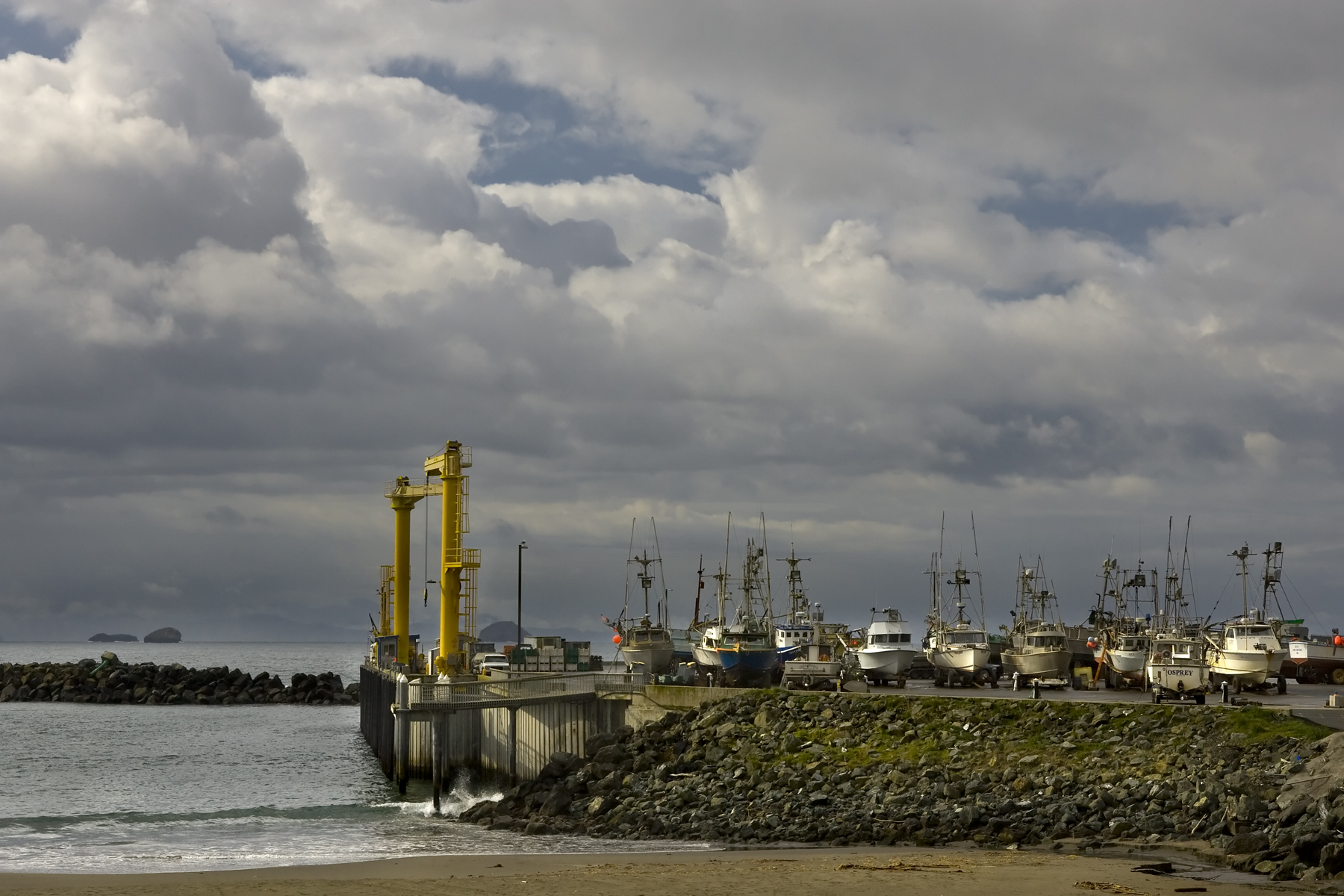The Oregon Marine and Coast Initiative:
Rugged. Wild. Natural. Our beloved Oregon coast and marine environment feeds our families and nourishes our souls. From here, you feel the embodiment of the Northwest, and you see the Pacific at its very best. This is our place. All 363 miles of awe inspiring excellence. It brings us pride. It gives us joy. It brings us life.
Yet, the Oregon Coast is facing unprecedented challenges, from warming waters to changes in wildlife behaviors. There is much work to be done to ensure we are meeting the challenges of today while also getting ready for a changing ocean, future population growth, and increasing demands on natural resources. For these reasons, The Nature Conservancy has identified the following strategies to implement in Oregon.
Strategies
Protect and Restore Nursery Habitats.
Estuaries are the heart of the Oregon Coast and serve as the vital link between our rivers and the ocean. Nearly all of Oregon’s economically viable fisheries rely upon healthy estuaries during the juvenile stage of their life cycle. These special places, packed with eelgrass beds, wetlands, and mud flats, provide a haven for juvenile fish, migratory birds and other wildlife. Recent studies document that estuarine habitat loss is the top threat for juvenile fish and a key limiting factor to salmon recovery (Hughes, 2014). We will make lasting investments in estuaries by restoring tidal wetlands and working collaboratively with others working towards the same goals. 
We will assist in the evaluation of Oregon’s rock habitats, which include: headlands, tide pools, rocky beaches, cliffs and offshore rocks. These rocky shores, which comprise 41% of Oregon’s coastline, are culturally and biologically important, attracting millions of visits annually from beachgoers hoping to catch a glimpse of ocean life.
Offshore, in the ocean, we will serve as a leader for the protection of Oregon’s marine habitats through marine protected areas and ensure that future development, such as renewable energy and aquaculture, occurs in the most compatible manner possible with nursery habitats and other important ecological needs.
Strengthen Fisheries Management
Photo credit: Rick McEwan
It is the desire of the Conservancy to help ready a future for the Oregon Coast where the ocean is healthy, fish stocks are thriving, and the fisheries economy is stable or increasing in its contribution to coastal economies. To do this, we will focus on:
- Improve the information flow used to manage fisheries by providing world class tools, electronic monitoring, fisheries independent data, and innovative solutions;
- Ensure all the state managed fisheries have fishery management plans;

- Infuse data poor fisheries with innovations to allow stock assessments to occur at an economical price;
- Develop gear innovations and other co-management techniques that empower fishermen to improve their livelihoods and decision-making while bringing more sustainably caught fish to market.
Increase Fisheries Resilience to Climate Change
Healthy and fully functioning ecosystems have an ability to resist, rebound or adapt to disturbances. To ensure the long-term resilience of Oregon’s fisheries and the people who depend upon them, we will improve the ability of government to prepare and respond to the changes that are coming due to a shifting climate and oceanographic conditions.
Photo credit: Rick McEwan